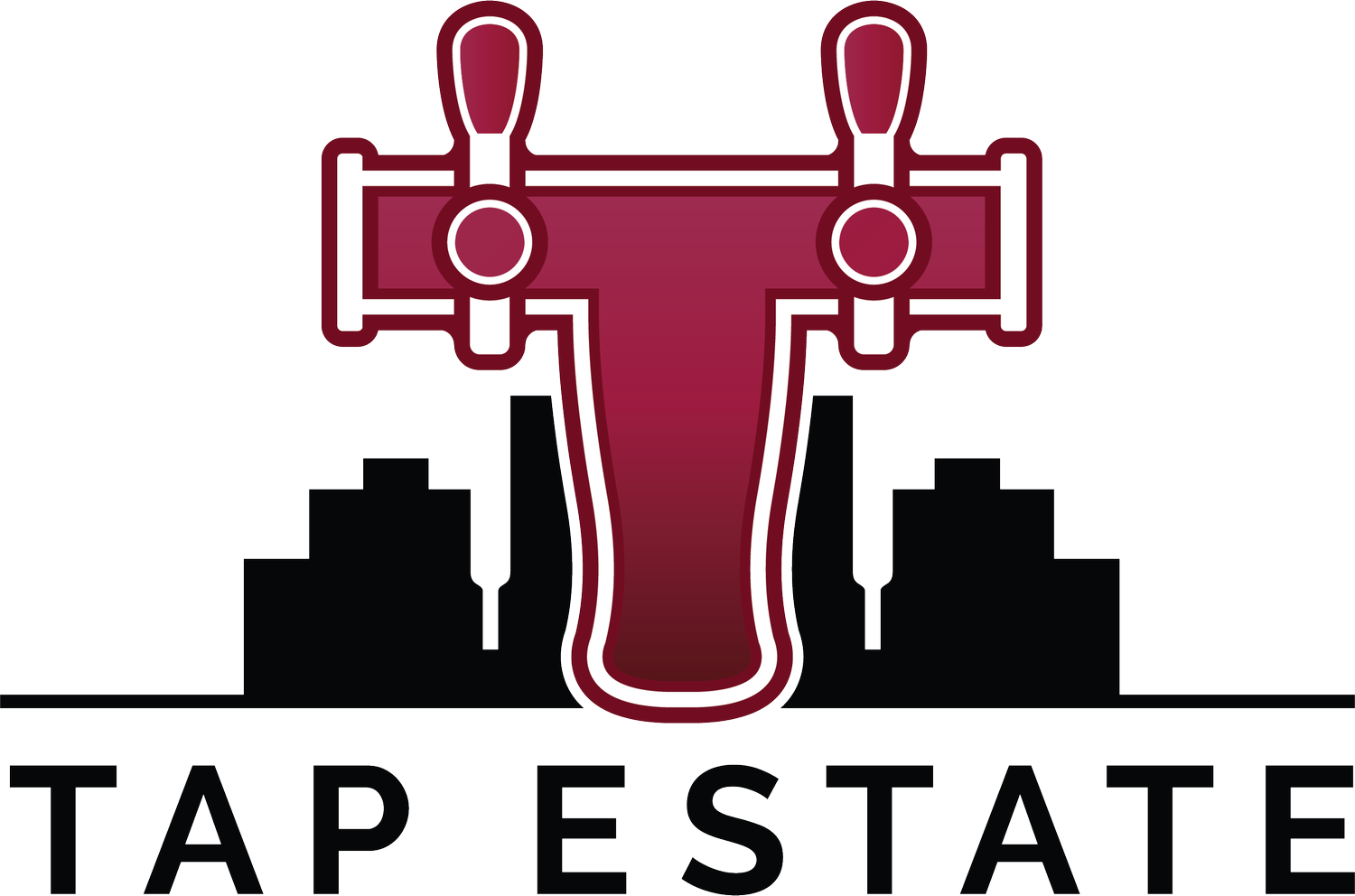Pouring Profits: How to Choose the Right Beers for Your Bar
Beer as a Business: How to Maximize Profitability on Your Tap List
If you run a business—whether big or small—your ultimate goal is to make money. That’s the reality of any successful operation, and the restaurant and bar industry is no exception. Selling beer should be a profitable venture, not just a passion project. If you’re pouring pints without a solid strategy in place, you’re leaving money on the table.
Beer is a business, and when approached correctly, it can generate significant revenue. To truly capitalize on your beer program, you need to evaluate every selection through four key lenses: Quality, Productivity, Profitability, and Marketability.
1. Quality: Does Your Beer Deserve a Tap Handle?
The most important factor in your beer selection is quality. With countless breweries producing thousands of beers, you must ask yourself: Is this a great beer? If the answer is anything less than a resounding “yes,” it has no place on your tap list.
A great beer stays true to its style (with room for creative nuances) and is made with high-quality ingredients. A skilled brewmaster meticulously inspects raw materials and ensures the final product is free from off-flavors caused by poor brewing practices. For example, hints of cream corn or butter indicate unwanted flaws, and a green apple aroma suggests rushed fermentation. If a beer isn’t properly crafted, it shouldn’t be in your lineup.
Beyond taste, a great beer tells a compelling story—one that your staff can easily communicate to guests. Marketing, branding, and presentation should all reflect the beer’s identity, making it easier for your team to sell.
2. Productivity: Does This Beer Work for Your Business?
A productive beer earns its place on your tap list by contributing to both guest experience and operational efficiency. Every beer should serve multiple purposes:
Pairing with your menu: Thoughtfully curated selections should complement your food, enhancing both the dish and the drink.
Driving upsells: Your team should be trained to recommend premium beers based on a customer’s meal choice, just as they would suggest an extra sauce for a dish.
Multi-purpose use: Can the beer be incorporated into recipes? Using it as an ingredient in sauces, batters, or marinades not only enhances menu offerings but also helps rotate kegs faster, keeping beer fresh.
Brand reinforcement: Does this beer create a lasting impression? If a guest associates a particular style with their experience at your establishment, they’re more likely to return for it.
A beer that simply sits on your tap list without strategic purpose is dead weight. Every selection must earn its keep.
3. Profitability: Is the Margin Worth It?
A profitable beer isn’t just about buying at the lowest cost—it’s about maximizing perceived value. Beers made with premium ingredients will naturally cost more, but if the quality is there, consumers will pay a higher price without hesitation.
Consider how your pricing structure impacts profitability:
Does your flagship beer have the lowest margin? If so, you’re missing an opportunity to optimize revenue.
Are you offering multiple price tiers? A smart beer menu includes different price points to cater to various customer preferences and spending habits.
Are you charging appropriately for specialty or limited-edition beers? Guests are often willing to pay more for a unique experience, so don’t undersell premium offerings.
4. Marketability: Does This Beer Fit Your Brand and Customers?
Not every “local,” “rare,” or “new” beer deserves a spot on your tap list. Just because a brewery touts these features doesn’t mean the beer aligns with your brand or appeals to your target market.
To evaluate marketability, ask yourself:
Does this beer fit my customer demographic? If your clientele consists mostly of middle-aged professionals, an IPA with an overly gimmicky label may not sell well.
Does this beer match drinking occasions at my venue? Are your guests enjoying beers with meals, during sports events, or at happy hour? Your selection should reflect these drinking patterns.
Does this beer add variety to my lineup? A tap list dominated by one style (like IPAs) limits your reach. Offering a balanced selection ensures a wider appeal.
The Bottom Line: Choose Wisely, Sell Strategically
If you’re selecting beers solely because they’re trendy or easy to obtain, you’re making a costly mistake. Your tap list should be curated with intentionality, ensuring that every beer contributes to your business’s success.
By prioritizing Quality, Productivity, Profitability, and Marketability, you can turn your beer program into a powerful revenue driver. Train your staff to understand and sell each beer effectively, offer smart food pairings, and always keep your customer base in mind.
Beer is more than just something you pour—it’s a business opportunity. Make every tap count.
